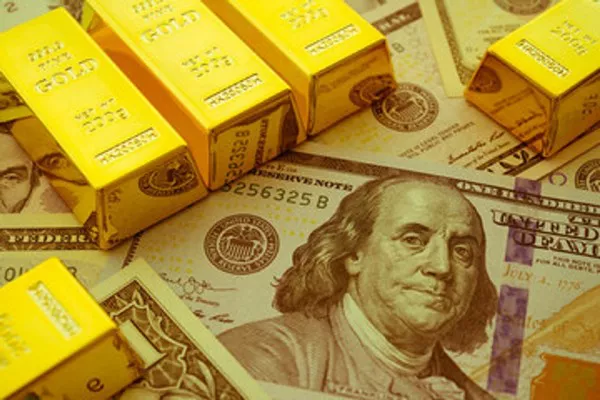Gold has been a symbol of wealth and prosperity throughout human history. In modern financial markets, investors have the opportunity to trade gold through futures contracts, which allow them to speculate on the future price movements of this precious metal. In this article, we will provide a detailed analysis of the current gold futures contract, exploring its specifications, trading mechanics, and factors influencing its price.
What are Gold Futures Contracts?
Gold futures contracts are standardized agreements to buy or sell a specific amount of gold at a predetermined price on a specified future date. The contracts are traded on futures exchanges, such as the Chicago Mercantile Exchange (CME), providing investors with a regulated and transparent marketplace for gold trading.
The Current Gold Futures Contract Specifications
The gold futures contract is typically denoted by the symbol “GC” followed by the contract month and year. For instance, “GCZ23” represents the gold futures contract expiring in December 2023. Key specifications of the current gold futures contract include:
1. Contract Size: Each gold futures contract typically represents 100 troy ounces of gold.
2. Contract Months: Gold futures contracts are available for trading in several expiration months, typically including the current month and the next several months ahead.
3. Price Quotation: The price of gold futures is quoted in U.S. dollars per troy ounce.
4. Tick Size: The minimum price movement or tick size for gold futures is $0.10 per troy ounce, equivalent to $10 per contract.
5. Margin Requirements: To trade gold futures, investors are required to deposit an initial margin, which acts as collateral. The margin amount varies based on the exchange and the contract’s current value.
Trading Mechanics of Gold Futures
Trading gold futures involves two main positions: long and short. A long position means buying the contract with the expectation that gold prices will rise, while a short position involves selling the contract in anticipation of a price decline. Each contract has a specified expiration date, and investors can choose to settle the contract in cash or through physical delivery of gold.
Factors Influencing the Price of Gold Futures
Several factors impact the price of gold futures:
1. Supply and Demand: Changes in gold production, consumption, and central bank buying or selling can affect supply and demand dynamics, influencing gold prices.
2. Economic Indicators: Economic data, such as GDP growth, unemployment rates, and inflation, can affect gold prices as investors assess the overall economic health and potential risks.
3. Geopolitical Tensions: Political instability, trade disputes, and geopolitical conflicts often lead investors to seek refuge in safe-haven assets like gold, driving up its demand and price.
4. U.S. Dollar Strength: Gold is priced in U.S. dollars, so a stronger dollar can make gold relatively more expensive for buyers in other currencies, potentially dampening demand and price.
Real-time Gold Futures Quotes and Charts
Numerous financial websites and trading platforms provide real-time quotes and interactive charts for monitoring gold futures prices. Traders can analyze historical price movements and technical indicators to make informed decisions.
Trading Gold Futures on Exchanges
To trade the current gold futures contract, investors can open a brokerage account with a reputable firm that offers access to futures markets. The account allows investors to place orders, monitor positions, and manage risk through tools like stop-loss orders.
Understanding the Risks of Gold Futures Trading
Gold futures trading involves a high level of risk due to the leverage involved. Price fluctuations can lead to significant gains or losses. Investors should be prepared to manage risk and consider their risk tolerance before participating in gold futures trading.
Conclusion:
The current gold futures contract offers investors the opportunity to participate in the dynamic and ever-changing gold market. Understanding the contract specifications, trading mechanics, and factors influencing gold prices is essential for successful trading. As one of the world’s most valuable and sought-after commodities, gold continues to be a vital asset for diversification and risk management in investment portfolios. Whether you are a seasoned trader or a newcomer to futures trading, conducting thorough research and staying informed about market developments will be key to navigating the complexities of gold futures and potentially capitalizing on its price movements.

